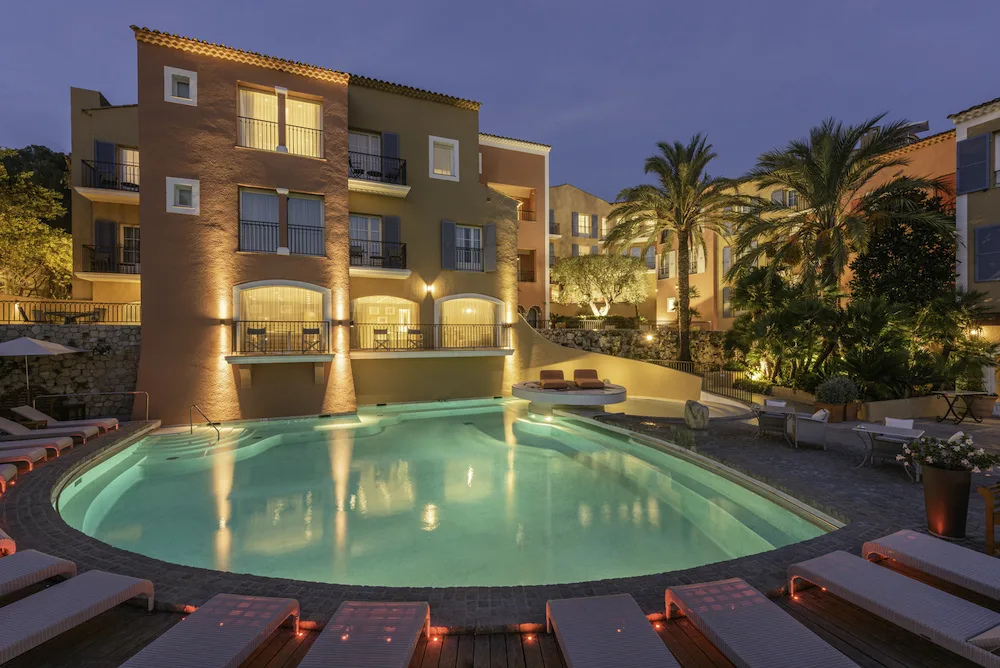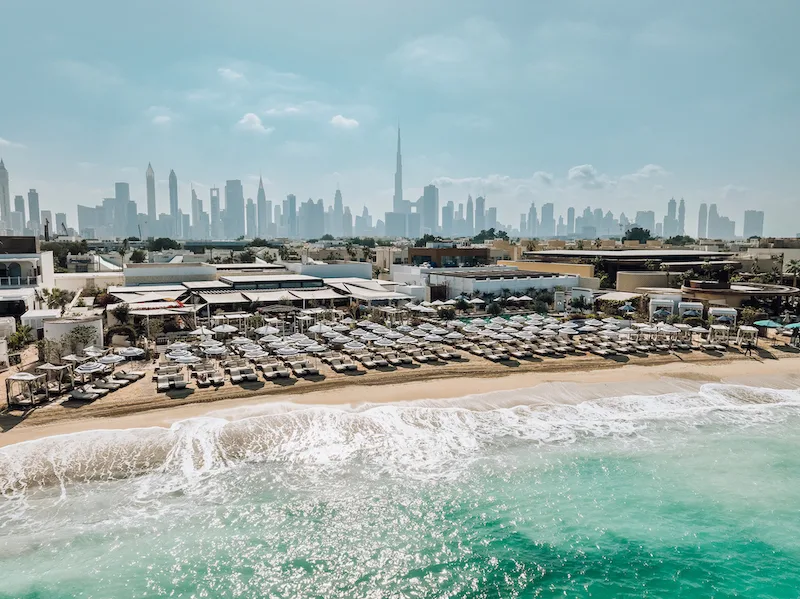A few months ago I went birdwatching to St Lucia in search of the elusive Jacquot, the island’s national bird, and learnt about biodiversity, endangered species and the power of environmental activism.
My wife and I are nearing the end of an eight-hour hike up a vertiginous mountain trail. We are in the heart of Des Cartiers, the lushest rainforest Saint Lucia has to offer. Still no sign of the St Lucia Parrot. It is like searching for a green needle in a green haystack. Only harder. The problem is that this bird’s feathers are precisely the same shade as the emerald vegetation. These birds blend into the surroundings more effectively than chameleons.
The biodiversity on Saint Lucia is enough to make your head spin. This tiny island – just 27 long and 14 miles across – simply thrums with nature. It is blessed with an astounding variety of landscapes, from 3,000-feet mountains (including the awe-inspiring Pitons, the two volcanic peaks that erupted out of the Caribbean Sea millions of years ago and are now protected by UNESCO World Heritage Site status) to brochure-ready beaches to banana and cacao plantations to the aforementioned forests.

Aerial view of Anse Chastanet, with the mighty Pitons at the back.
It is unsurprising therefore to learn that it boasts all sorts of exotic plants and species, which nature enthusiasts cross several continents to see. There are, for example, no fewer than 45 different types of mango. But of all the many varieties of Saint Lucian wildlife, its most prized element is its birds. This is a destination famous throughout the globe for its amazing array of feathered creatures.
Armies of birdwatchers fly in from every corner of the world throughout the year, birdwatching in St Lucia is a twitcher’s paradise: not only can you spot some of the world’s most beautiful birds, you will do so in some of its most beautiful surroundings.
Saint Lucia is home to five avian species not found anywhere else on Earth: the Saint Lucia Warbler, the Saint Lucia Peewee, the Saint Lucia Black Finch, the Saint Lucia Oriole, and the Holgy Grail of birdwatching, the aforementioned Saint Lucia Parrot.
Back in the rainforest, we are having no luck in our quest to spot one of these exceedingly elusive creatures. We know they are there because they are squawking as if auditioning for the Caribbean Song Contest. But, cunningly camouflaged in the mahogany trees’ foliage, they are playing especially hard to get.


From the left, Lesser Antillean Crested Hummingbird and Purple-Throated Hummingbird. Photo © Adams Toussaint.
Suddenly, Willow, our guide from Saint Lucia Birding and Wildlife Ambassadors, hears the faintest tell-tale rustling in a canopy and shushes us. “There it is!” declares my wife. As the fiendishly evasive bird suddenly breaks cover, wheels high above us across the blue, blue sky and eventually out of sight, my wife and I turn to each other and exclaim in unison: “Wow!”
Valued for their meat and head, which was supposed to be an aphrodisiac, these hefty birds were hunted to near extinction in the last century. In the 1970s, the parrots were down to their last hundred on the island. This decline was halted in 1978, however, when a group of local environmentalists launched an awareness campaign. They risked mockery by going into schools dressed as parrots. Their aim was to stress to pupils that the bird should be honoured, not hunted. The following year, the Saint Lucian Parliament passed a law making it illegal to kill a parrot, and anyone now caught doing so faces five years in jail and a $5,000 fine.
The population has now risen to 3,500 although, thanks to decades of wanton shooting, they are still understandably nervous of humans – another reason why they are so difficult to spot.
Birdwatching on Saint Lucia is not all about the endemics, however. You can also feel an enormous buzz as you tick off such felicitously named birds as the Shiny Cowbird, the Carib Grackle, the Bananaquit, the Scaly-Breasted Thrasher and, a personal favourite, the Grey Trembler.

Also known as the Sparrow Hawk, the American Krestel is the smallest and most common falcon in the Americas. Photo © Adams Toussaint.
On another day, we go birding with Meno, the resident avian expert at Jade Mountain and Anse Chastanet, the wonderful sister hotels we are staying at on the west coast of the island. He is armed with more knowledge about the biodiversity of Saint Lucia than we will ever know. As he guides us around the old plantation, part of the hotel’s majestic 600-acre site, Meno emphasises the joy of birdwatching by regaling us with a succession of fascinating stories. He tells us, for example, that he was dubbed “Father Nature” by TV presenter Monica Galetti when she visited Jade Mountain for her BBC2 series Amazing Hotels: Life Beyond the Lobby. Her co-presenter Giles Coren, by the way, called it the best hotel he had ever stayed in.
Meno also informs us that the Magnificent Frigatebird is too indolent to go fishing itself. Instead, it waits for the smaller Brown Booby to catch a fish before bullying it into dropping the prey so it can snaffle it itself. It is easy to see why the lazy bird is nicknamed “the pirate of the sea”.
The wildlife guide, who has shown guests around the natural environment of the hotels for 36 years, is blessed with eyesight even an eagle would envy and can spot birds invisible to the untrained eye. At one point, he catches sight of a Purple-Throated Hummingbird, a gorgeous specimen whose iridescent plumage shimmers in the sunlight. As it hovers over a bird of paradise flower – its wings beating so fast, you can’t even see them – Meno points out that the bird only sticks its beak in to drink the nectar. If it plunged its whole body into the flower, it would be a sitting duck – or should that be a sitting hummingbird? – for a hungry American kestrel.


From the left, sunset from the Celestial Terrace at Jade Mountain and the beach at Anse Castanet.
You can carry on birdwatching in your room at Jade Mountain, as the bedrooms have no fourth wall. And from your own private infinity pool, you can look out towards the Pitons at the wondrous range of birds gliding across the rainforest. Mischievous Black Finches regularly swoop into your room through the absent wall to peck at your breakfast.
Epitomised by its astonishing panoply of birdlife, the biodiversity of Saint Lucia takes your breath away. It is an island bursting with all the most spectacular verdancy, vibrancy and vivacity that nature can throw at you. It possesses a colour and charisma that you find in very, very few other places on the planet.
By the end of a week immersing ourselves in the glorious biodiversity of Saint Lucia, I am surprised my arm isn’t covered in bruises so full has it been of “pinch me” moments.
How do we feel when the time comes to leave behind Willow, Meno and the gorgeous birds of Saint Lucia? Sick as a parrot.
www.ansechastanet.com www.jademountain.com
Author: James Rampton
Leading image: Jacquot (St Lucia’s Parrot). Photo © Adams Toussaint.

















Show Comments +